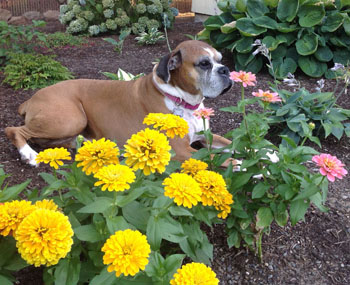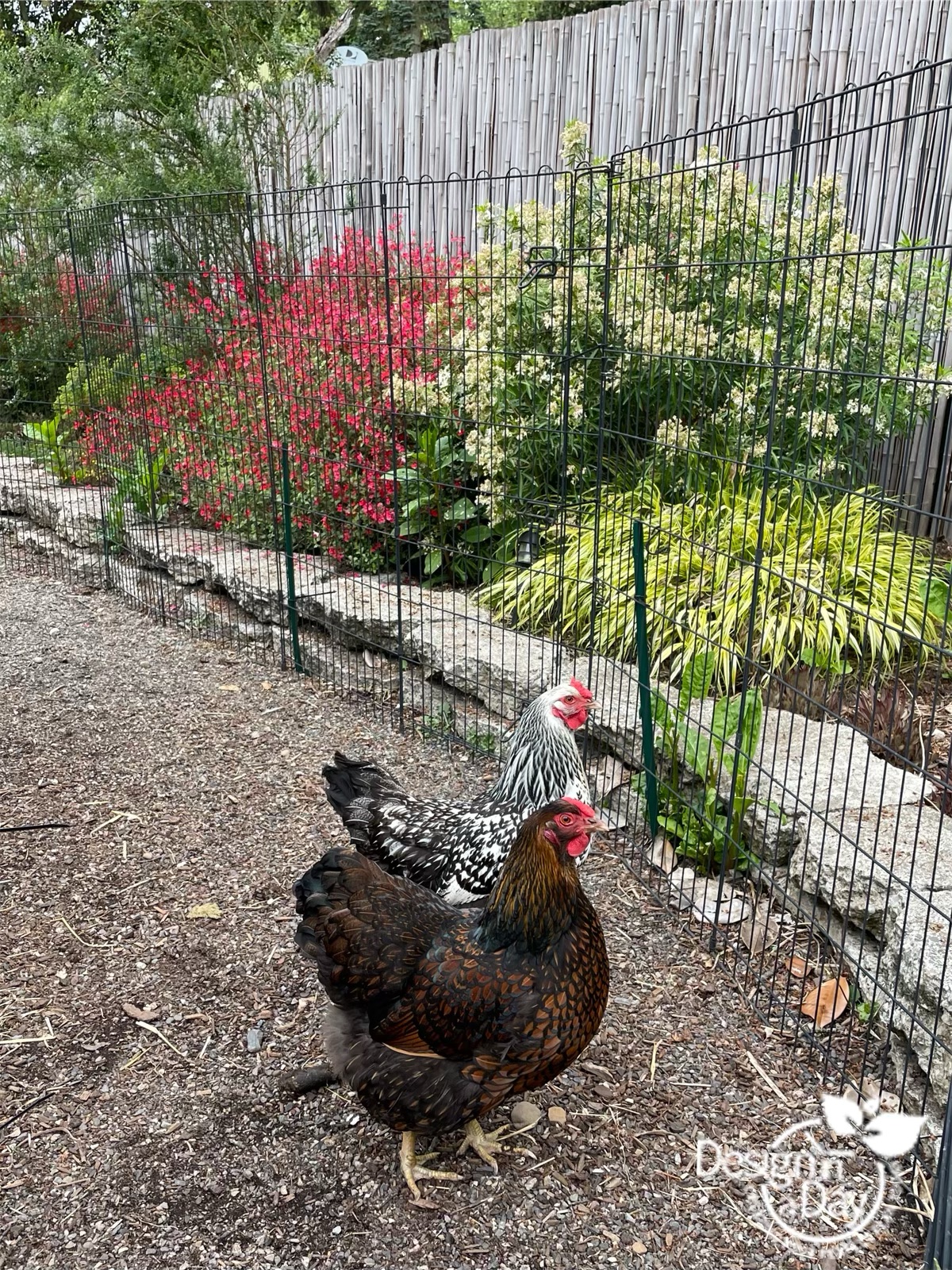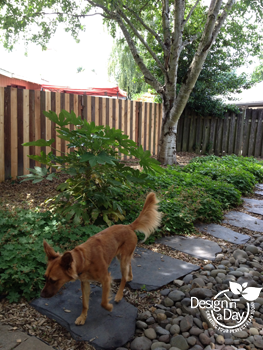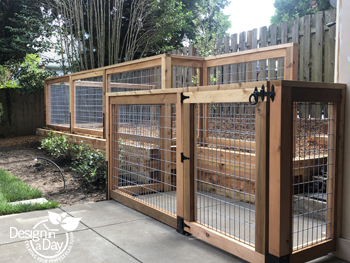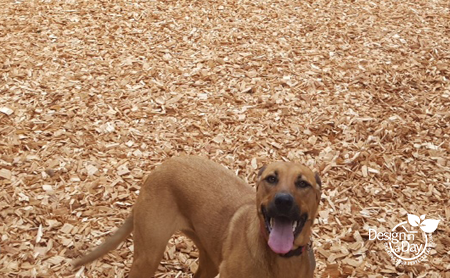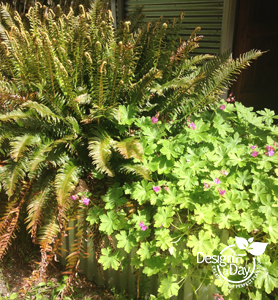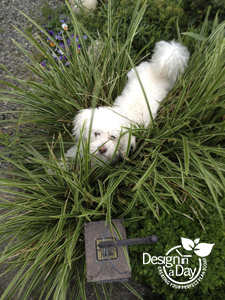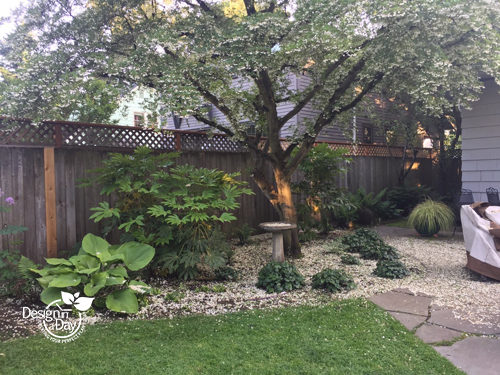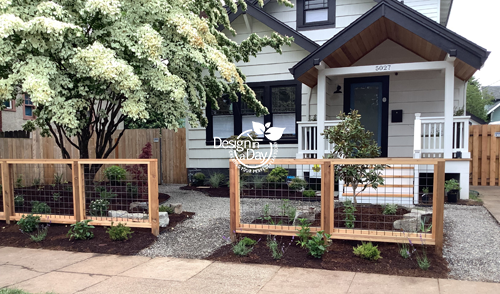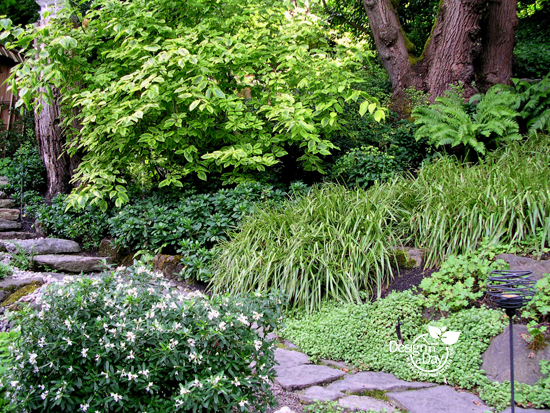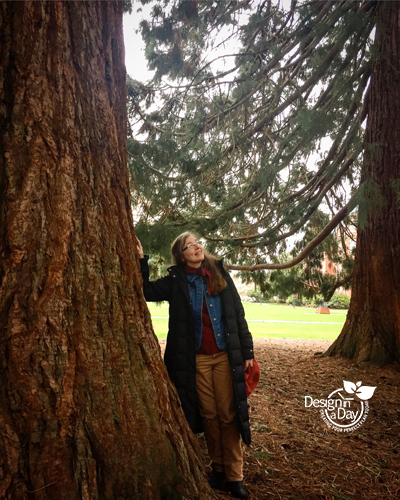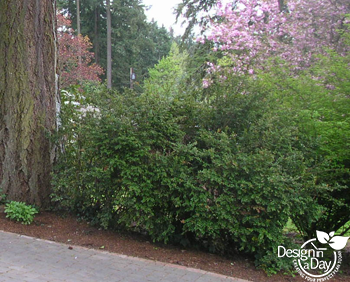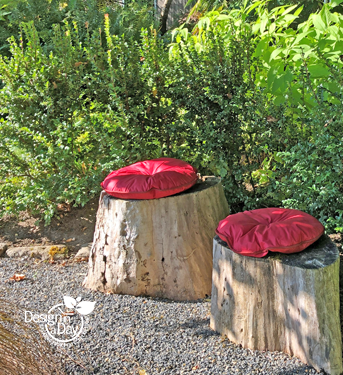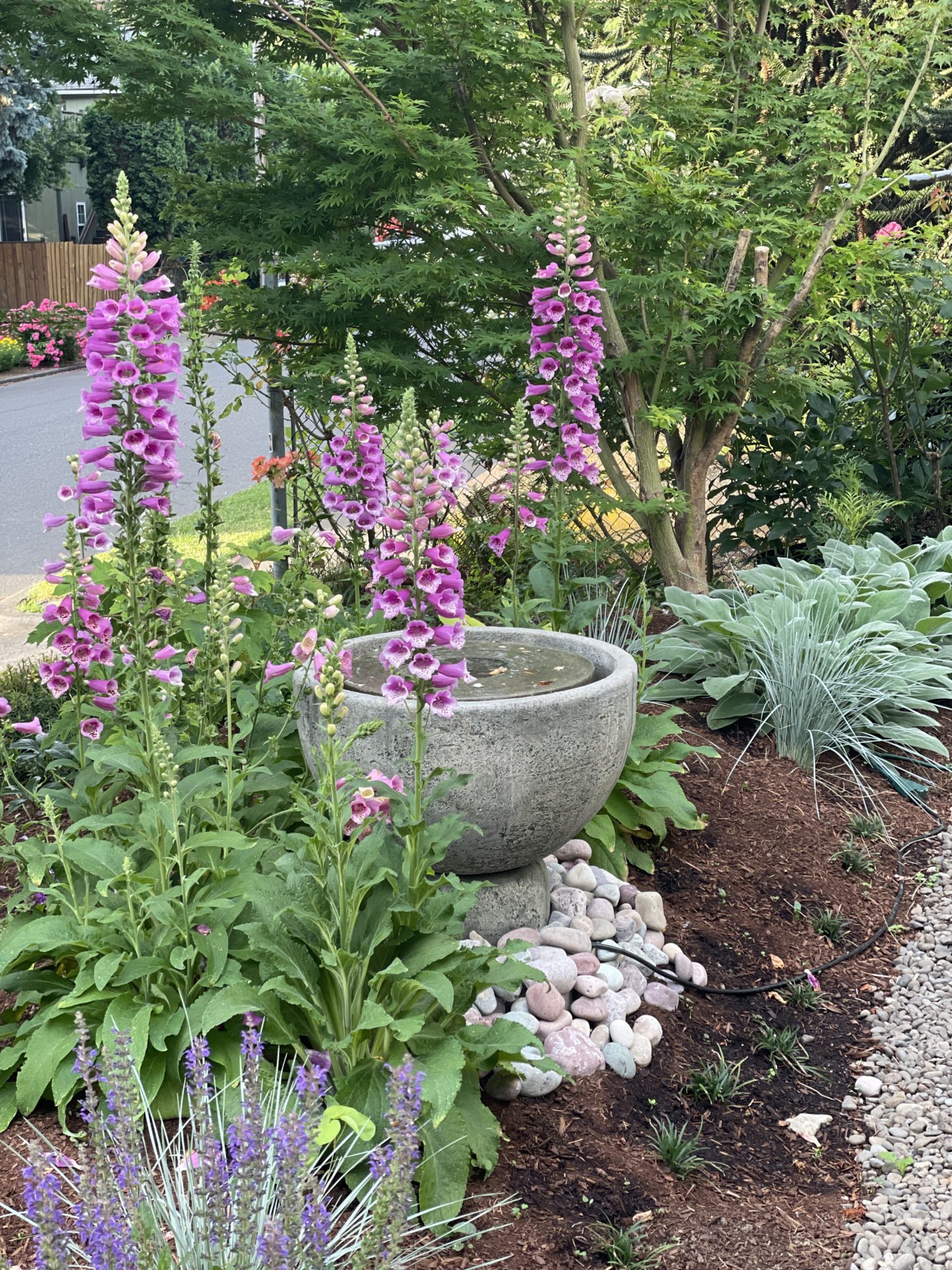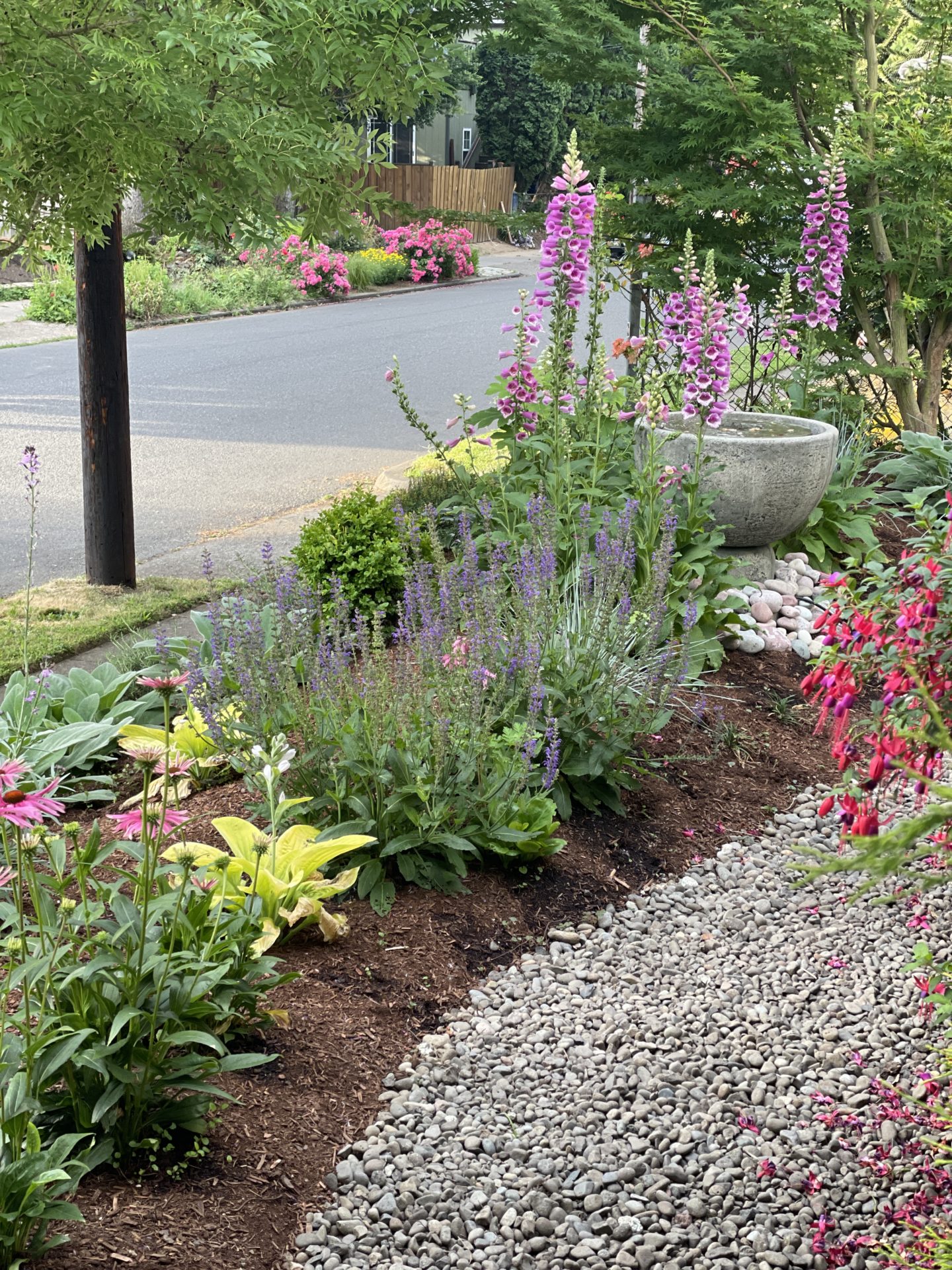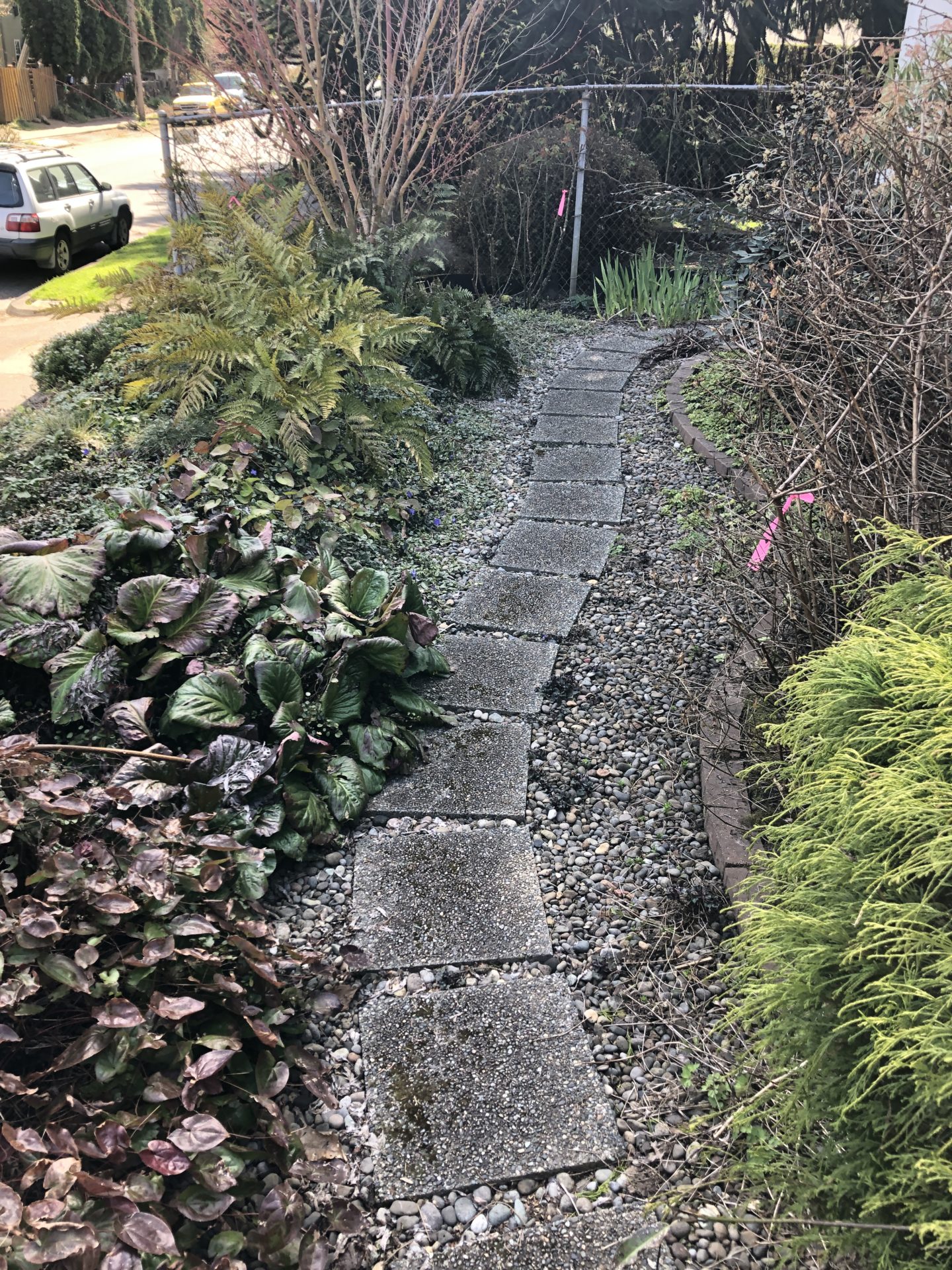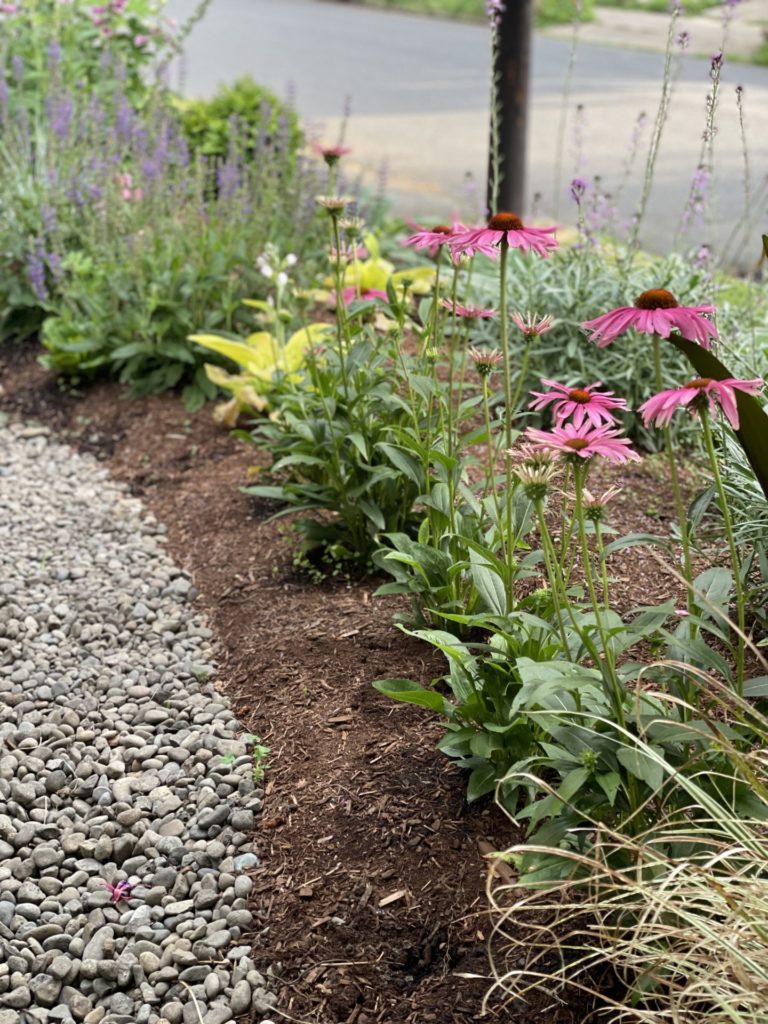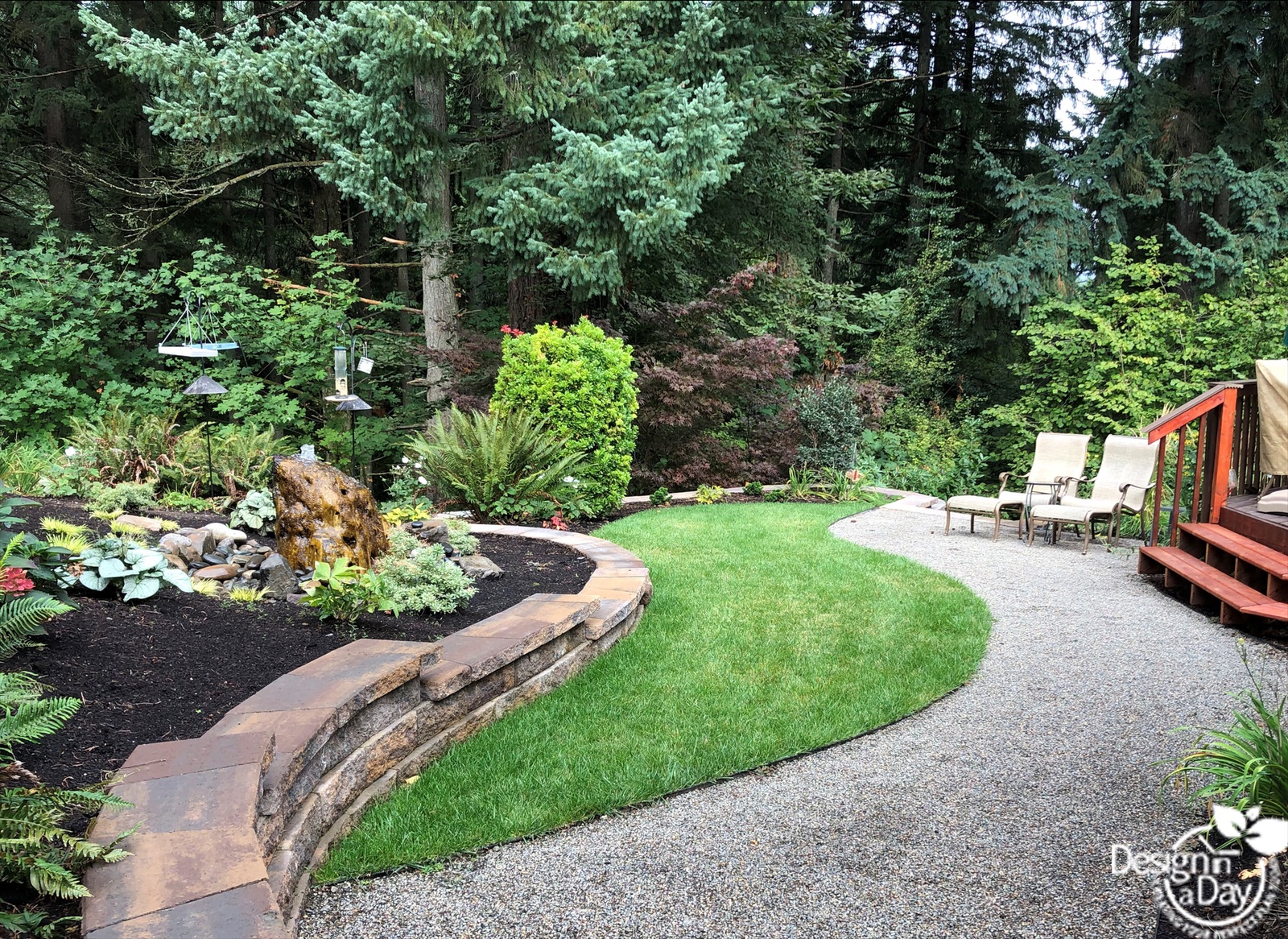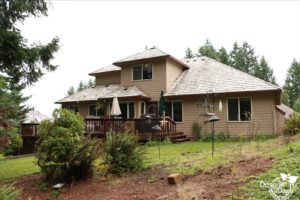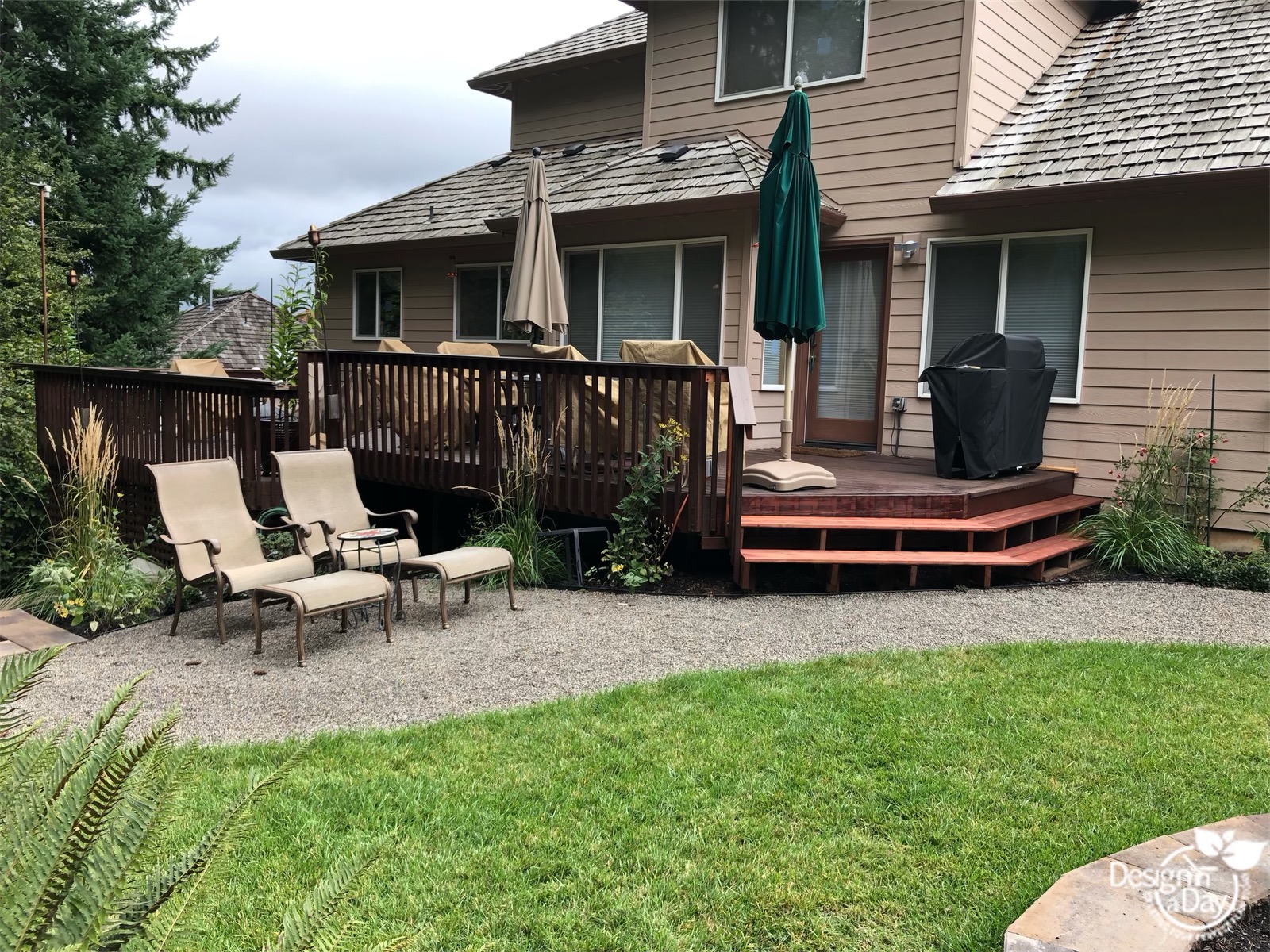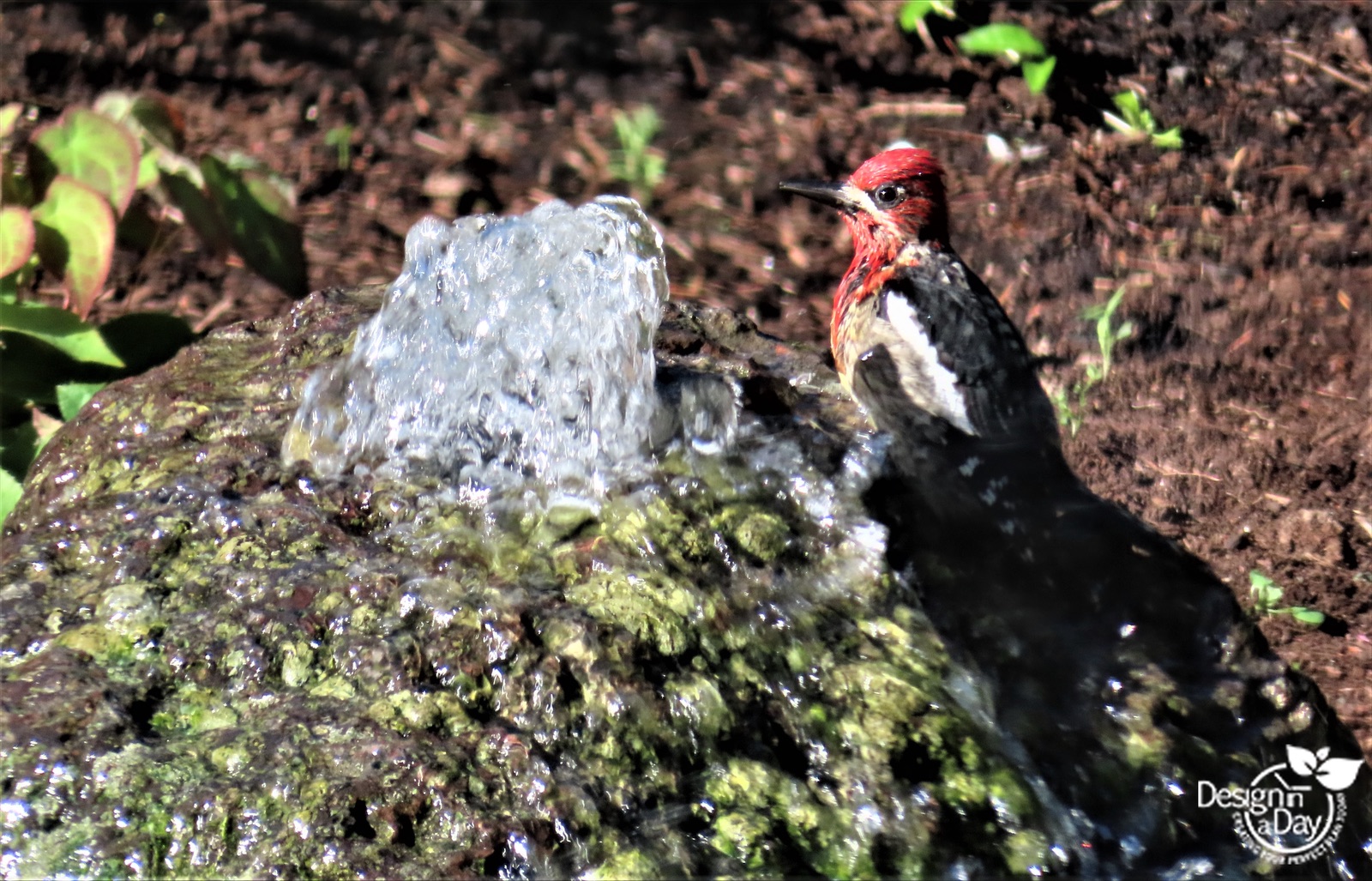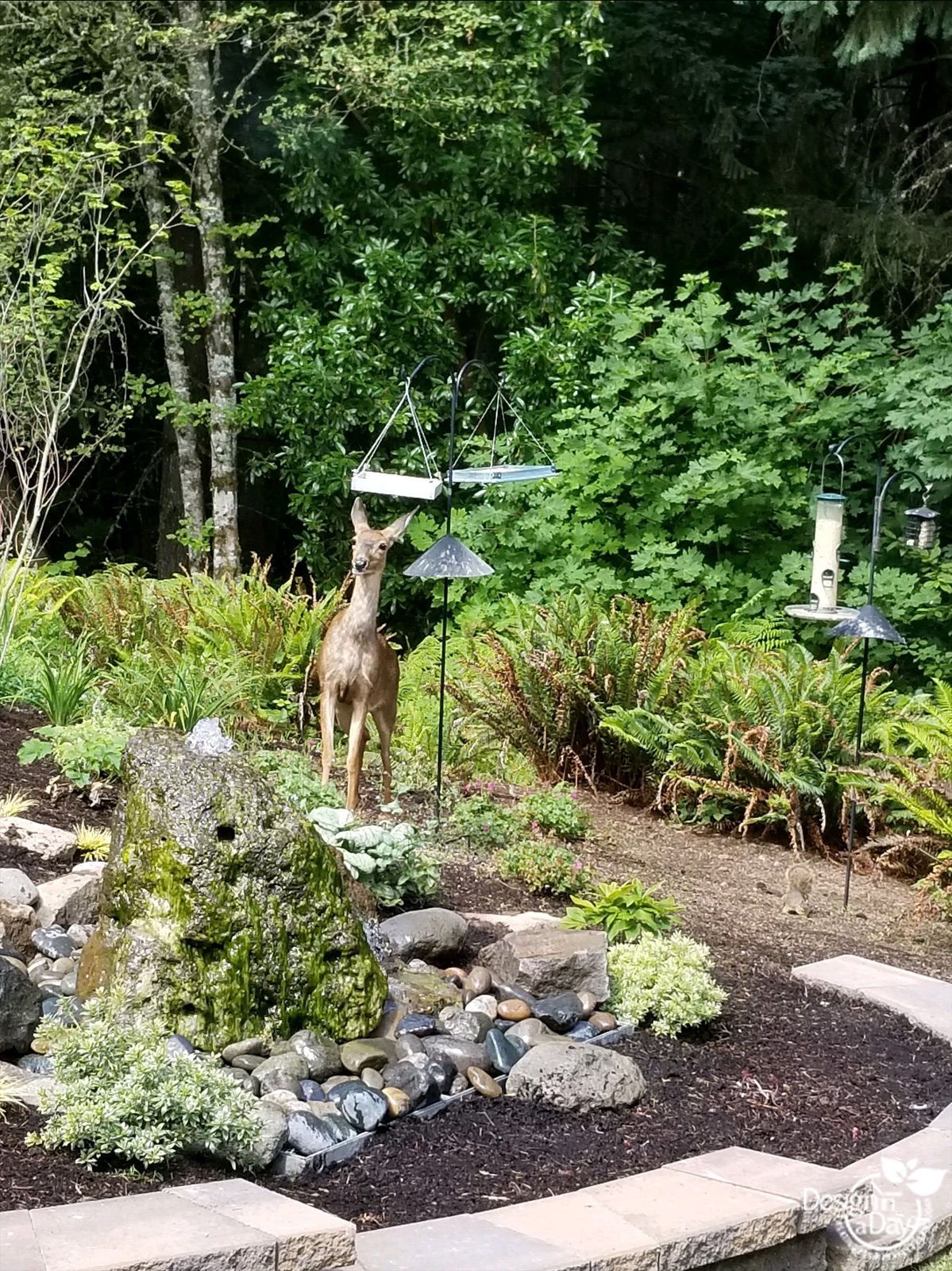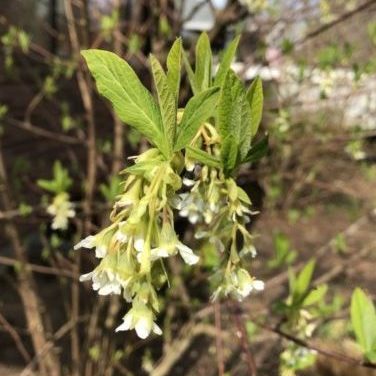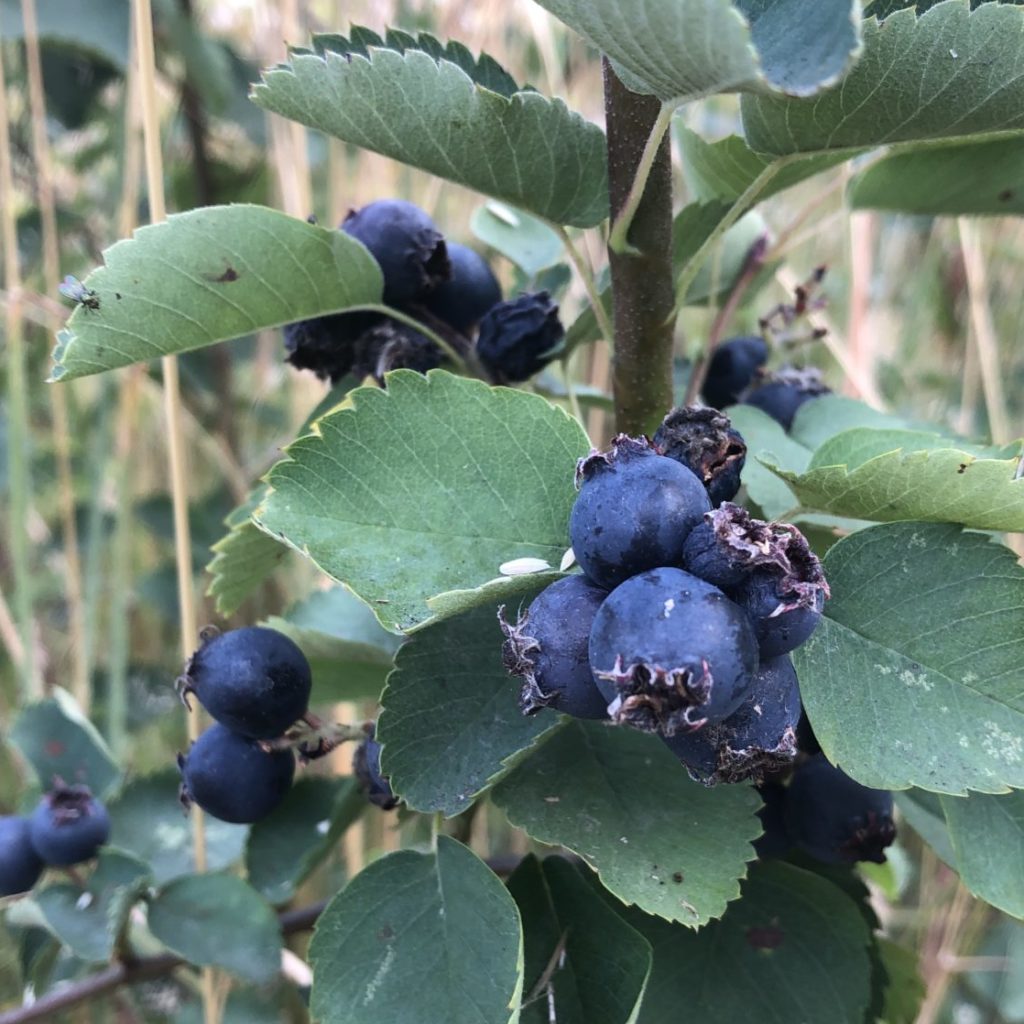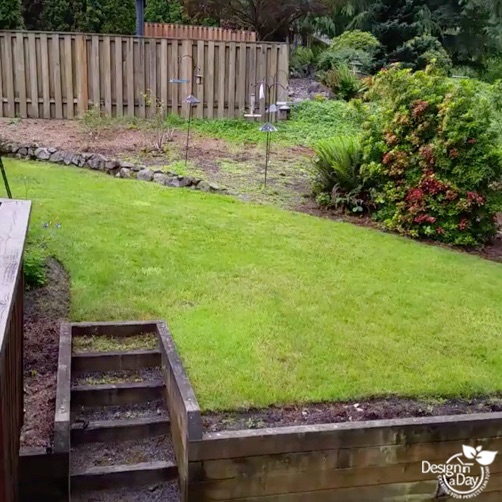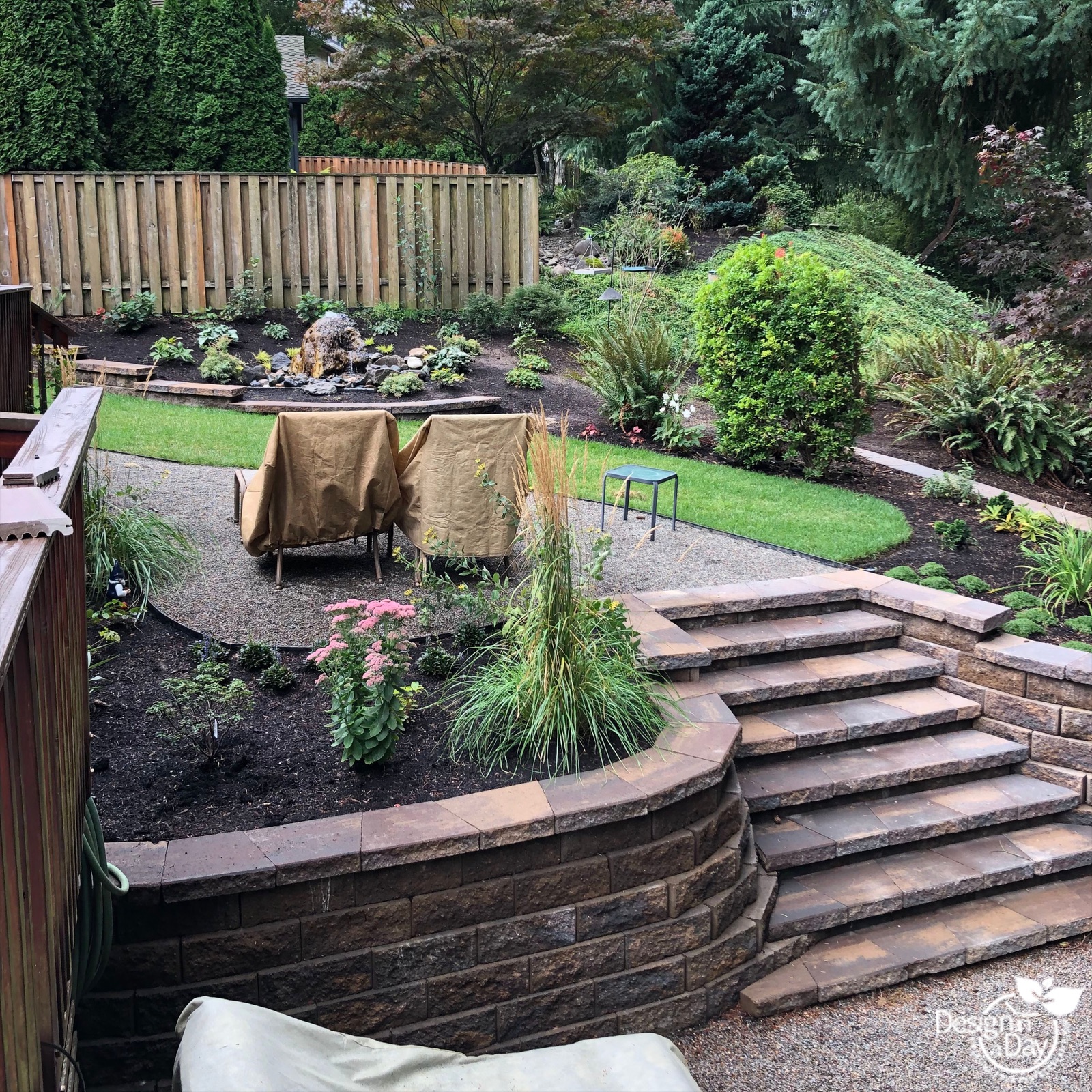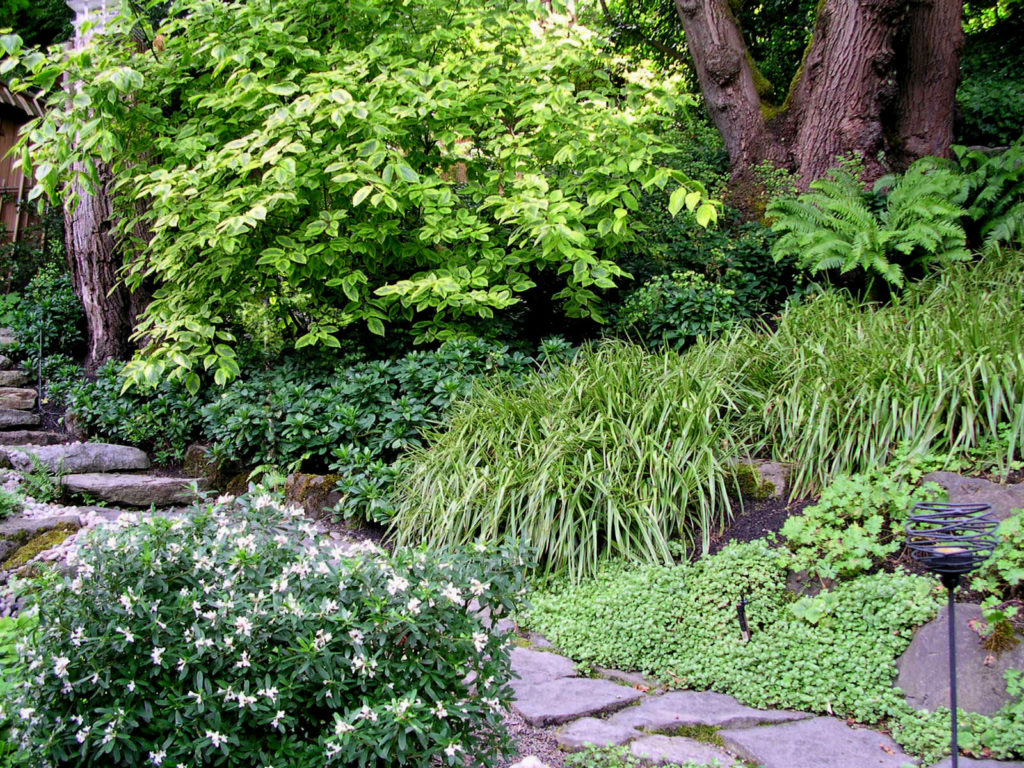
After design installation for NW Native Garden Design Style. When they said they were gardeners they were not kidding around!
Decades Designing a NW Natural Garden Landscape Design
Creating a NW Natural Native Garden Design for a hillside home in Portland, Oregon? Why say time travel? I met D and R and we created their first native garden design in 1997 and they are still enjoying their property and home now in 2022.
In the beginning they purchased a newly constructed home in Willamette Heights neighborhood of Portland. They found me through their builder. We connected at our first meeting and they saw I was a collaborative garden designer rather than a person who finishes up a generic landscape for a builder. Over the years we made a great team. I’m grateful they picked me and this garden has meant much to me personally and professionally.
Design Phase-Getting to Know My Clients
They introduced themselves as people who like to garden. At my first glance, looking at their sloped back yard covered in English ivy and invasive blackberries, I figured we would not be doing much with the back yard. The front yard and the side yard would be easier for them to care for so that would probably be where they would play with plants and garden. I had no idea that over the next ten years we would transform the entire property into a lusciously planted NW style and native garden with stone paths and steps to access multiple patios terraced into the hillside. Lush colorful plantings would knit the entire garden into a whole. And so we began a garden transformation journey that would cover the next decade and a friendship that has gone on much longer.
We would collaborate to create the design, I had lots of experience with plants to know what plants would work for their non typical back yard and I was a designer who cared about their trees, (had worked for a tree service while in school) and the environment. I would introduce them to my favorite arborist who helped them with their trees for over a decade. We would talk about drip irrigation and selecting low water plants that would work well with their trees and their sloped property. Collaboration, spatial design eye, plant experience and environmental know how were all needed for this design as well as relationships with experienced landscape installers.
My Site Assessment
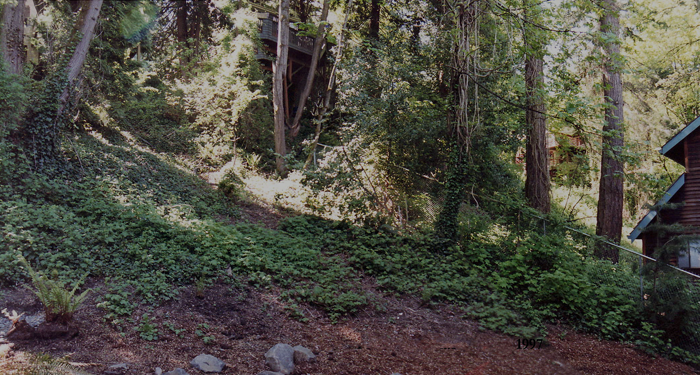
Before landscape design, back yard is covered in invasive ivy and blackberry
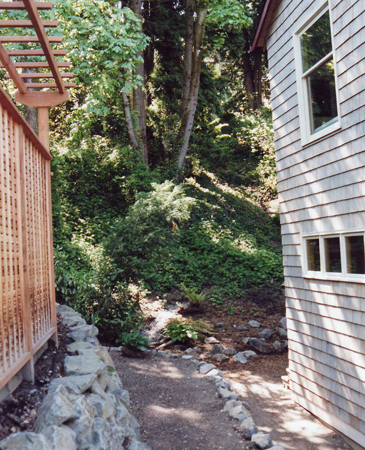
Blackberry and invasive ivy cover back yard before design process
Access to the Back yard – House Design and the Doors
Given the extreme site conditions who knew people who love plants and gardens would buy this property?
Here are the kinds of things a designer thinks about to create a Native Garden Design. Initially the back yard was covered in ivy, blackberries and had 4 mature large native trees, 35’ (plus) feet tall. The smallest trunk was 30” through and another was closer to 42”. It sloped up steeply on the south side and at the very top you could easily see Mt. St. Helens over their multi story house roof. Understanding the site conditions and how to move around on this property was the key to the right design.
Doors and their Locations Dictate the Layout of the Native Garden Design
Doors and their locations are one of the most important influences on a landscape design. I know it seems odd, not plants, doors. There were two doors. We had a well placed side door (located off the great room) that opened into a very narrow side yard. We planned to take full advantage of the existing rock walls in this area by planting them with dwarf ferns and other crevice filling plants. From the great room we see these evergreen plantings year round. The stone patio side yard was the only level area on the property and it became the first patio for outdoor living but would not be the last.
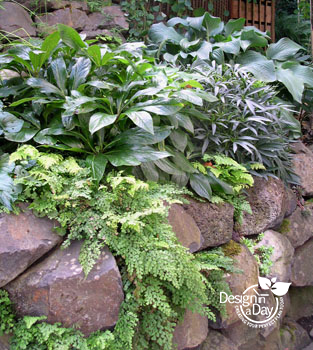
Himalayan Maidenhair Fern – Adiantum Venustum creeps through rockery and is seen from the great room windows and door.
The only door that led directly to the back yard was off the master bedroom. There was very little level area there and way too small for a sitting area. The grade immediately pitched up the slope which was too steep for paths without significant grading and retaining work.
Site Conditions-Working with Existing Plantings
The back slope had mature native big leaf maple – Acer Macrophylla trees towering over the property and one Western Red Cedar. Any other native plants had been taken over by the bank of ivy. A hedge of variegated Acuba ran all along the south property line and created needed privacy between neighbors. Acuba is one tough plant and since it is so well established it doesn’t need much water and only needs annual pruning. It’s a great fit with low water native plants and would be compatible with the new plantings I would select to grow under the old trees.
Shade or Sun Plants?
Our light conditions for new plantings are also challenging because the back yard gets morning shade, and the intense mid day sun. By late afternoon the plants are getting dappled shade at best. Plant selection is tricky because sun lovers don’t get enough sun and shade plants get too much. Designers know from trial and error what plants will thrive in this ‘caught between the rules’ planting area. The internet, with the exception of Great Plant Picks, doesn’t address the many kinds of shade and to most people, it’s either a shade plant or a sun plant. Happily there is a world between the two.
More Site Condition Issues – Tree Roots don’t like to Share Water
The large leaves of the Oregon Big Leaf Maple create afternoon shade and their thirsty roots surely encompass the entire lot. Their roots would take water from anything we planted so new plants would need to be able to stand up to the competition. For this native garden design I would select low water plants near the big trees for two reasons: They need to thrive on leftover water from the thirsty big trees. And we can’t have plants that need a lot of water under the big native trees because overwatering them could cause them health problems. 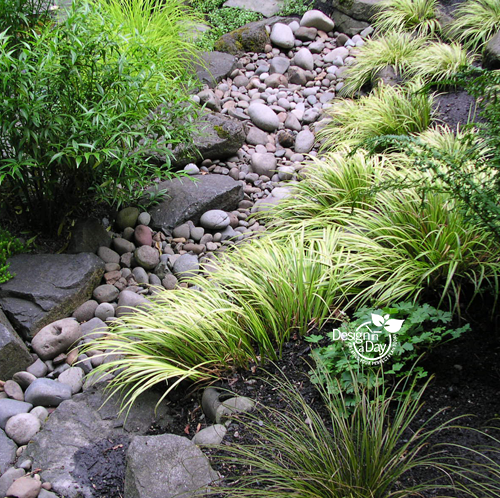
Mysterious Water Sounds
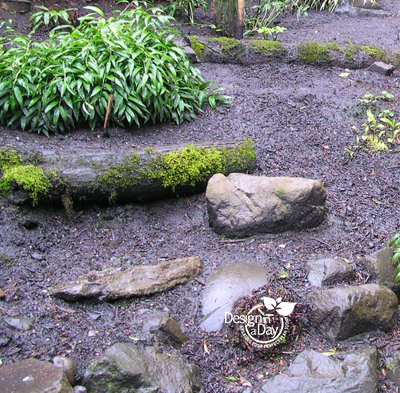 There was a mysterious wet area part way up the slope. We could not see the water in the summer but we could hear it. In the winter it was much louder, a dull roar although oddly we did not see much water. Even in the summer I could always hear the sound of water trickling somewhere underground. A professional solution was needed and I wanted that solution to be part of the beauty.
There was a mysterious wet area part way up the slope. We could not see the water in the summer but we could hear it. In the winter it was much louder, a dull roar although oddly we did not see much water. Even in the summer I could always hear the sound of water trickling somewhere underground. A professional solution was needed and I wanted that solution to be part of the beauty.
Native Garden Design Phase
My first design concept drawings focused on the side patio garden and terracing along the back foundation of the house. I did not address the back yard hillside. My clients loved the design but kindly told me to think bigger with regard to the back yard. They wanted to get rid of all the ivy, not a common ideal in 1997, and design for access to the whole hillside, to result in a beautiful naturalistic style hillside garden. They had a view of Mt. St. Helens from the top south corner of their property and they wanted easy access to get there, and space to sit and enjoy that view. I went back to the drawing board. The next design added another terraced patio, the dry stream bed, paths and plantings. And in a few years there would be another phase of design that added more but you will have to wait until I write about it.
It’s All About How You Move-Paths
Design can be so simple. When I was still a student, Barbara Fealey, (Oregon famous and first female landscape architect) told me, ‘Design, it’s all about how you move’. It loses in the telling but it is a profound statement. The paths take us to where we want to be doing an activity (even if that activity is relaxing and doing nothing). I wanted taking the path to feel like an adventure while it simultaneously integrated the various terraces and planting areas into one whole. Paths are also designed to be practical and allow for easier maintenance of the plants and property.
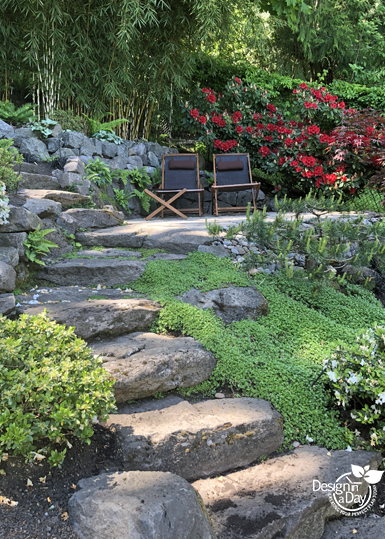
Sneak peek into the last stone terrace patio added in 2009 at the upper north corner of the property. Clumping bamboo – Fargesia ‘Campbells’ is planted for privacy above the wall.
Path Tips
Hillside paths need to break up the steep slopes and lead us into spaces we can be in.
Think about the activities the paths would serve: access to sitting areas for outdoor living and plant maintenance.
Traversing across a slope is often the best way to go and in our case, it minimized the number of stairs.
The path that cuts across the slope creates beautifully shaped planting beds.
Having enough paths allows access to planting beds for maintenance.
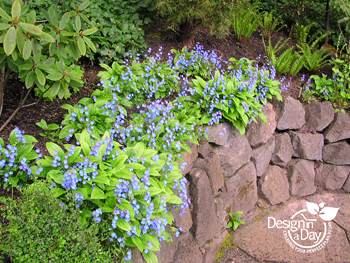
Navel wort or Blue eyed Mary captivates us with blue spring flowers. This is a variety so not our true native omphalodes.
Walls and Terraces
The walls for the stone terraces showcase beautiful plants as well as carving out and retaining hillside to create a level place for the sitting area.
Uncommon Plants
Here is a list of fun plants that I do not typically use but that were perfect for this property. Euphorbia amygdaloides ‘Mrs. Robb’s Spurge’ for a dry tolerant groundcover under the maple trees. It spreads by runner so we trapped it behind the stone paths and it was not watered much which helped it stay in bounds. Luzula sylvatica ‘Marginata’ – Variegated Wood Rush; if you look up this evergreen grass on line, it will often say it has to be divided frequently so people shy away from it. This is not true and it is a very low water plant and will become fully drought tolerant once it is well established. This was used under the maple trees and picks up the gold from the variegated dogwood leaf nicely. It was a strong enough plant to hold its own with the ‘Mrs. Robbs Spurge’.
Not All Native Plants
Adding diversity to the landscape is a good thing and having lots of natives is a good thing. If someone wants every plant to be a native plant to Willamette Valley I’m happy to create for this specification. It’s exciting. But most of us don’t have the proper soil or site conditions for just any native plant and many people want more summer and winter color than we can get with natives alone. I’m big on using native and non native plants for my clients who care about the environment but are not ready for the rough winter appearance of the fully native plant landscape. There are lots of ways to create an environmentally conscious garden design including using local native plants.
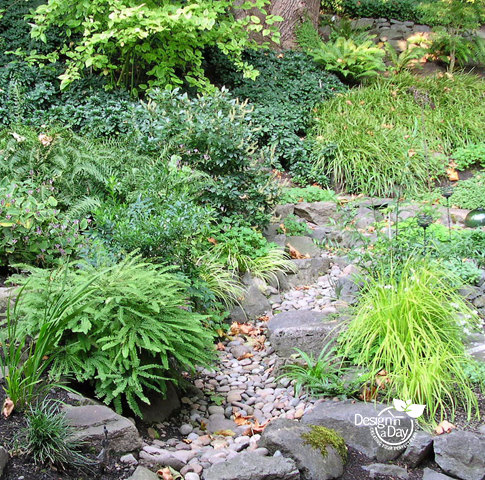
Dry creek bed is a focal point but also has a drain to collect and move excess water on the property.
Native Plants List
We used quite a few natives to include tough and low water Sword Fern, Blue-Eyed Mary – Omphalodes verna (a cultivated variety of it called ‘Cherry Ingram’), a variety of our native red twig dogwood called Cornus S. ‘Hedgerows Golden’ with its variegated leaf in spring and summer, fall color and then red twigs in the winter. This is a plant that can be planted on the edges of wet and boggy locations or once established be drought tolerant. We used a lot of different ferns. I’m sure we had over 20 different varieties and many of them crossed over the years and made variants (which I call frondlings). These “frondlings” picked their spot to germinate, often in the crevices of the rock walls. Ferns have so much fun texture and are very low maintenance when sited correctly. And many of our workhorse native shrubs like Vaccineum, Nine Bark and Ribes.
Pseudo Rain Garden/Dry Stream Bed
Another unique area for plants was the dry stream bed. We used large varieties of maiden hair fern tucked behind the logs so they didn’t get too much water in the winter when the dry stream bed was not dry…and lots of gold acorus grass which loved the winter water. The contrast of clean gold blades with the spring green of the maidenhair fronds was arresting. The contractor installed a drain at the bottom so the stream bed itself did not have hardly any plants in it like a typical rain garden would. Maidenhair fern – Adiantum and Toad Lilly – Tricyrtis are two plants that thrive planted up higher at the edge of the rocks; they would die from root rot planted into the middle. They don’t tolerant constantly wet soil in winter.
Plant Shopping
Since my clients D and R are gardeners, we experimented with many plants over the next decade. The front and side yards were also designed and so the entire property became a garden. Yes we used a lot of my trusty tried and true plants and native plants, but gardeners love plants. Some fun shopping happened at small plant nurseries like Fancy Fronds, Robins Nest and Joy Creek Nursery, (most of these are retired except Fancy Fronds who is going onto a 2nd generation). If you are a plant geek or a wanna-be the Hardy Plant Society of Oregon can be counted on to provide great plants at their twice yearly sales. R and I had a lot of fun with blue flowering plants like Corydalis f. ‘China Blue’ and also used common groundcover Speedwell- Veronica u. Georgia Blue’ neither of these are drought tolerant btw. These days only a few clients are enthused plant geek shoppers so most clients have native plants and others delivered by my plant broker, a garden nursery or the installer.
Collaboration with Your Designer
If you want a naturalistic garden design or a full on native plants garden design, first select someone like me who is serious about connecting and collaborating with you. I believe in the power of no. In fact I will prompt you to say something when you see or feel something isn’t right when we are looking at a design concept together. I’ve already learned about what you like and I have the yes list. Still without exception, learning about your ‘no’ allows me to make the design even better for you.
We want to help you make your new landscape a place that is not only safe for nature, but provides for and allows other life to be sustained besides your own. These days lots of Portlanders are right there with me wanting practical ways to make their landscape an asset to our environment.
Look at our reviews-they often go on a bit about how the space in some tiny or difficult yard was magically utilized. Spatial know how is a great talent and while it can be learned, Alana and I both seem to have that talent innately. And it’s a toss up as to which is more fun, figuring out the best layout of your back yard or creating the planting plan.
Are you interested in a naturalistic and native garden design style for your back yard? Are you looking for a collaborative design experience? Contact us.

